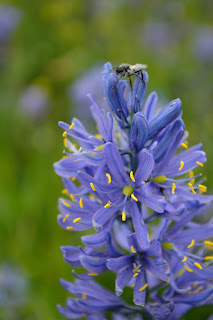Expose Your Triange – ISO
Does anybody even know what ISO means? A few, maybe!
The acronym stands for International Standards Organization. It started out as an industry standard scale for measuring the sensitivity of film to light. If you’re an old-time photographer who used film cameras, you’ll recall that the films you purchased were rated: ISO 100 for bright outdoor light, ISO 200 for cloudy days, and even ISO 400 for evening and inside (but you likely still needed a flash).
Today, that ISO rating is applied to the sensor on your DSLR (digital single lens reflex) camera. If you’ve ever looked inside the body of your camera when the lens is off, you can see the sensor at the back of the body. When you push the shutter and the curtains open and pass across the sensor, it captures the light bouncing off the surfaces you are pointing at and captures the image. You can learn more about that in your owner’s manual if interested.
Basically, setting ISO tells your camera how much light you need to let in to capture the image you want. If it’s a bright day, you don’t need a lot so an ISO of 100 is good. If it’s cloudy, maybe 200 or 400. If you are inside, you may need to bump it up to 800 or 1600. (Leave it lower if you want a dark and moody photo!)
Here are a couple of examples of mine followed by a video with an excellent explanation.
These were taken a few seconds apart at 9:01 pm on May 11, 2017. They’re SOOC (Straight Out Of Camera) so no editing has been done on them. I set the f-stop to f5.3 and adjusted the ISO for each photo. You can see that the foliage just above the lamp is lighter and more detail is visible in the photo taken at ISO 1400; overall it’s a bit brighter and more detailed because more light touched the sensor. You can also see how changing the ISO automatically adjusted the shutter speed from slower (1/15 sec) to faster (1/60 sec) to adjust to the amount of light being let in.
 |
ISO 1400, f5.3, 1/60 second |
Here is an illuminating video!



Comments